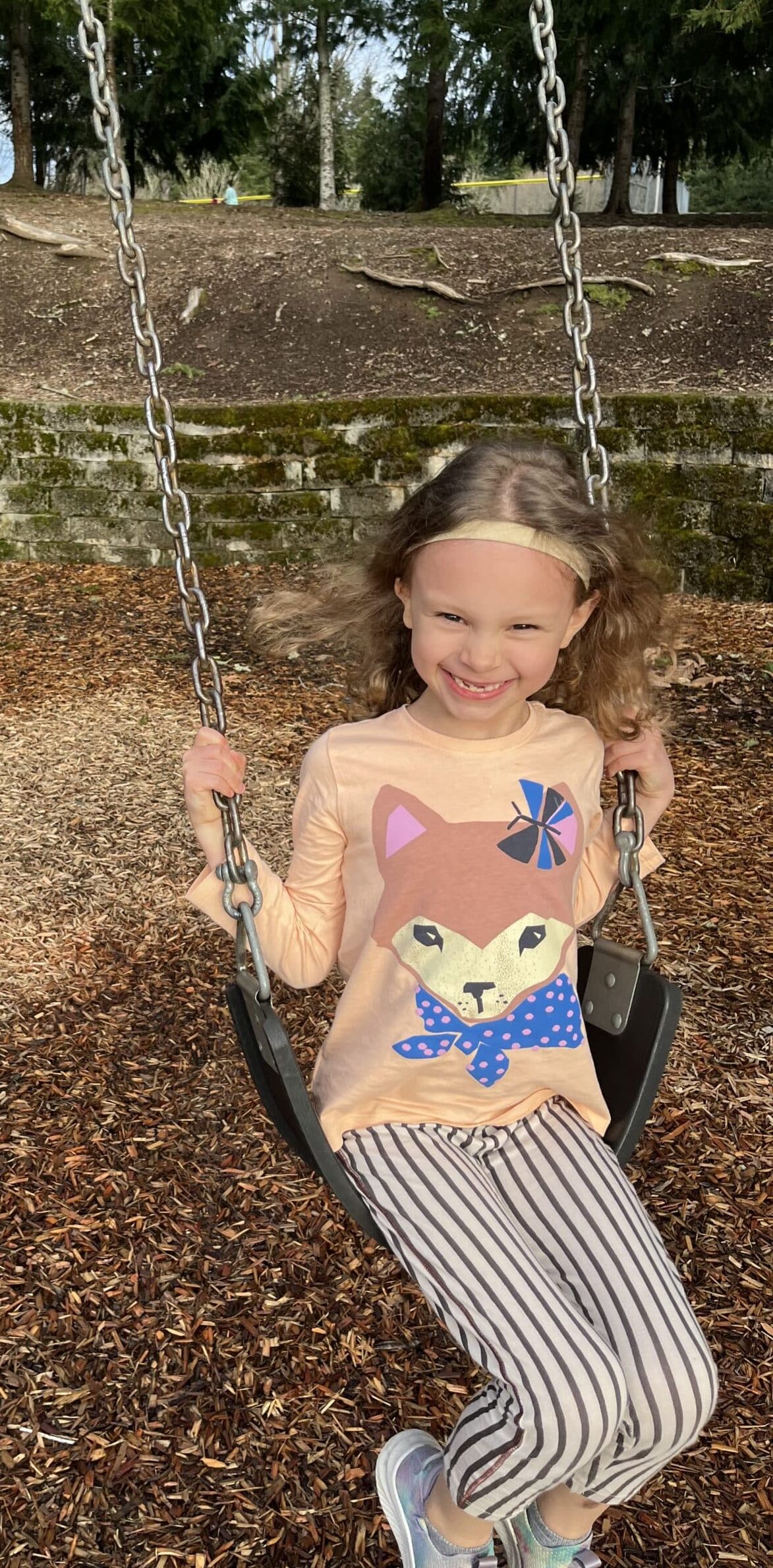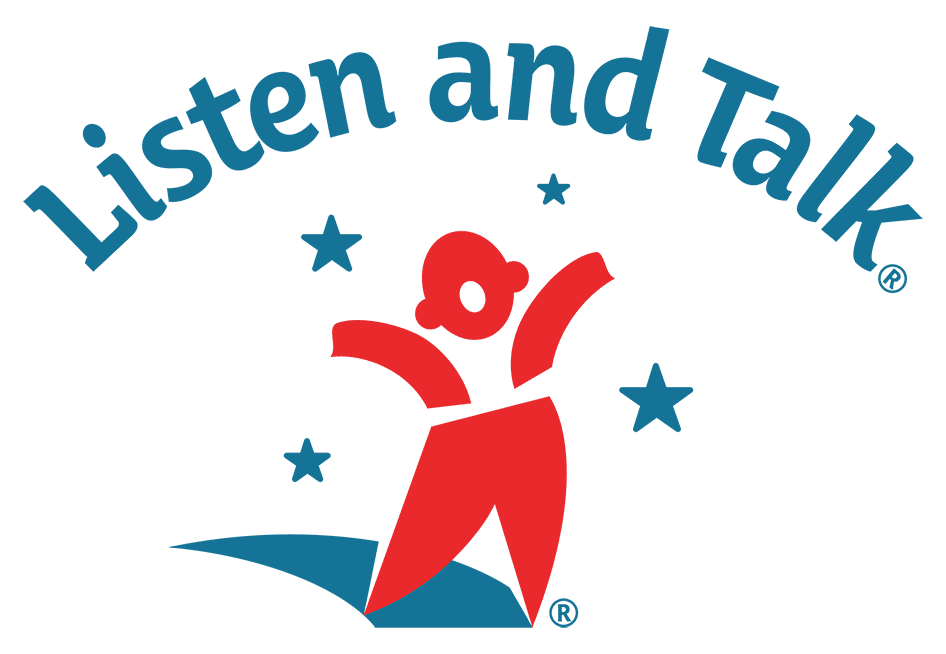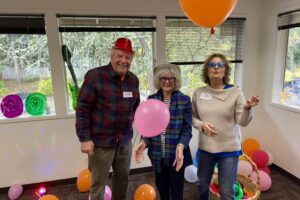
Microtia Atresia and the Power of Listening and Spoken Language Education

It’s National Microtia Atresia Awareness Day! What’s that all about, you ask? It is a day that was created by Ear Community to raise awareness and educate the public about this condition. We’re sharing some information to help you be more informed. Microtia Atresia (MA) is a congenital condition where the outer ear (microtia) and/or the ear canal (atresia) are underdeveloped or absent. When MA affects only one ear, it results in unilateral hearing loss (UHL) or single-sided deafness (SSD). While children with UHL can hear with their other ear, they still face significant challenges in various listening environments.
Understanding Unilateral Hearing Loss
For a long time, UHL was minimized as not severe enough to warrant intervention. However, research has shown that UHL can impact a child’s development, especially in complex listening situations like a noisy classroom.
The primary difficulties for children with UHL include:
- Localization of Sound: Difficulty determining the direction a sound is coming from, which is important for safety and learning.
- Hearing in Noise: Struggling to filter out background noise to focus on speech, making classroom learning especially challenging.
- Hearing at a Distance: Reduced ability to pick up sounds far away.
The Role of Listening and Spoken Language (LSL) Education
Listening and Spoken Language (LSL) education is a powerful educational approach that benefits children with all types of hearing loss, including those with UHL due to MA. LSL focuses on developing a child’s listening skills so they can use the residual hearing they have to learn to talk and communicate through spoken language. Listen and Talk’s Birth to Three and Blended Classroom programs, Therapy, Outreach and Audiology use LSL to coach and guide children and their families.
How LSL Education Helps Children with UHL
LSL programs are designed to optimize the listening environment and teaching strategies to ensure the child with UHL receives clear, meaningful auditory input. This approach can be particularly effective because it capitalizes on the hearing in the “good” ear while providing essential skills to navigate difficult listening scenarios.
Key benefits include:
- Auditory Skill Development: LSL experts, such as Listening and Spoken Language Specialists Certified Auditory-Verbal Therapists (LSLS Cert. AVT), work with families to maximize the child’s listening potential in the non-affected ear. This training helps the child pay attention to and interpret sounds, which is the foundation of spoken language development.
- Strategic Seating and Listening: Professionals provide families and educators with practical strategies, such as favorable classroom seating and acoustic management, to reduce the impact of background noise and distance.
- Use of Technology: LSL education often incorporates the use of hearing technology, such as bone conduction hearing systems (e.g., Baha or Osia systems), which can transmit sound from the affected side to the better-hearing ear. This can significantly improve sound localization and hearing in noise.
- Addressing Language Delays: By proactively addressing the listening challenges, LSL helps prevent or mitigate potential speech and language delays that can result from inconsistent or strained listening efforts. This ensures children with UHL keep pace with their typically hearing peers.
How Listen and Talk Helped One Family
At five weeks old, Adeline’s parents found out that Adeline has unilateral moderate to severe conductive hearing loss in her right ear. At age four they found out that below her outer ear there is solid bone with the bones of the middle ear fused to her skull. This absence of an ear canal is known as atresia and impacts her ability to hear in that ear. Her left ear is typically hearing.
Adeline’s mother Jessie states “Adeline has had to work much harder to communicate and learn. She can struggle to localize sound and wouldn’t communicate much outside of her safe spaces when she was young. She can become frustrated when others don’t understand what she means or when she is just tired of listening (listening fatigue).”
Early Intervention
Jessie says “Listen and Talk stepped in alongside our family as we were navigating a new diagnosis that we knew nothing about. They gave us resources and information to inform our decision making and helped us navigate confusing systems. Listen and Talk advocated for Adeline before we could find our voice to do so ourselves. Then with each session we learned how to be Adeline’s advocate. As Adeline got older, Listen and Talk taught her to be her own best advocate. They were alongside us every step of the way ensuring the best possible outcome for our daughter.”
Kindergarten and Beyond
Adeline is now a thriving first grader now at her local public elementary school. Her parents say that she is learning to read, making friends, and proudly shows off her little ear. Her mother shares about Adeline “She even recently joined the choir! She is happy to share with anyone who asks about her ear or her Ponto (hearing technology). She is confident, happy, and won’t stop talking.”
Taking the Next Steps
If your child has been diagnosed with microtia atresia and unilateral hearing loss, seeking out an LSL professional and connecting with supportive resources is crucial. Check these resources for more information.
| Resource Type | Description |
|---|---|
| Informational Document | Learn more about MA and UHL in the comprehensive guide. |
| Consult an LSL Specialist | Contact Listen and Talk at info@listenandtalk.org |
| Local Support | Find local support and resources at Washington Hands and Voices |
Early intervention is key to ensuring children with microtia atresia and UHL achieve their full potential in listening, language, and academic success. A Listening and Spoken Language approach provides the framework and tools for a child to thrive.
Donate Now
By supporting our social impact enterprise, you can help ensure that future generations of children with hearing loss have access to the same high-quality education and resources that helped shape the journey of countless families struggling with the impact of hearing loss. Your contribution will directly fund programs such as early intervention services, speech therapy, audiology testing, and parent education classes which help children with microtia atresia and other deaf and hard of children with hearing loss on a daily basis.
Thank you for contributing to the lives of deaf and hard of hearing children and their families to reach our vision that “no child is limited by hearing loss.”



